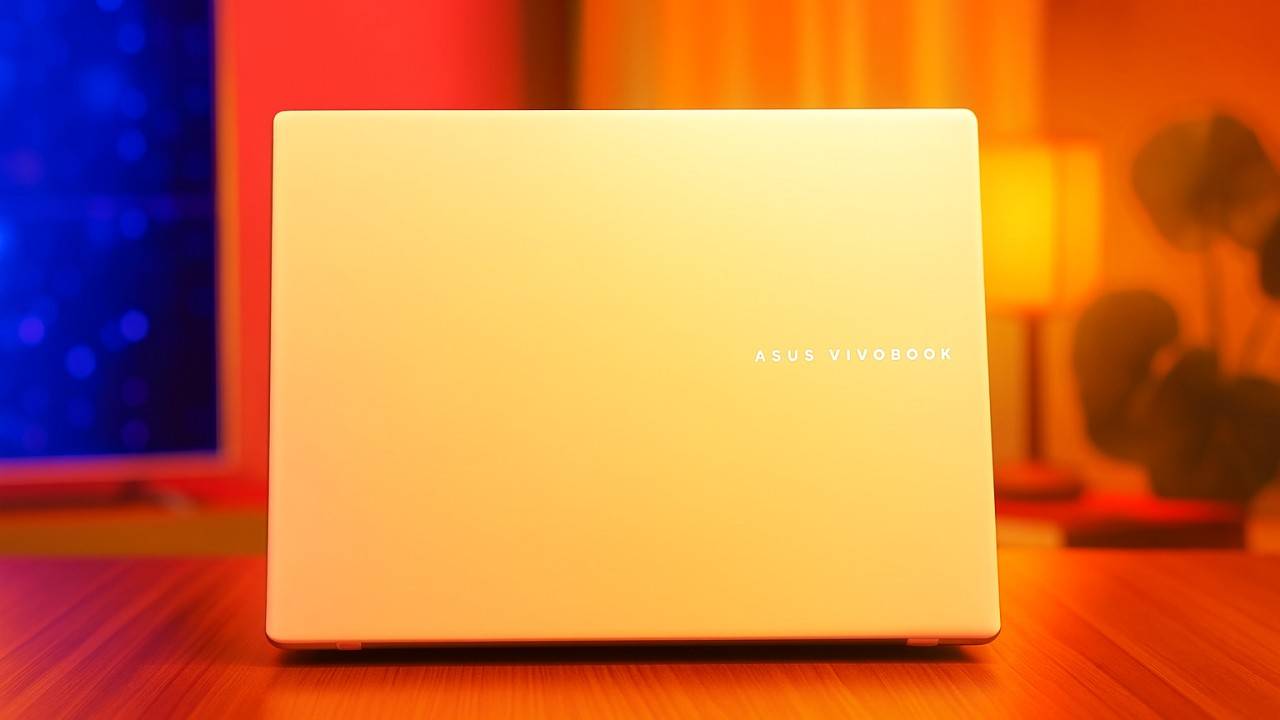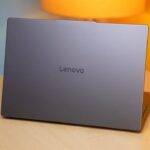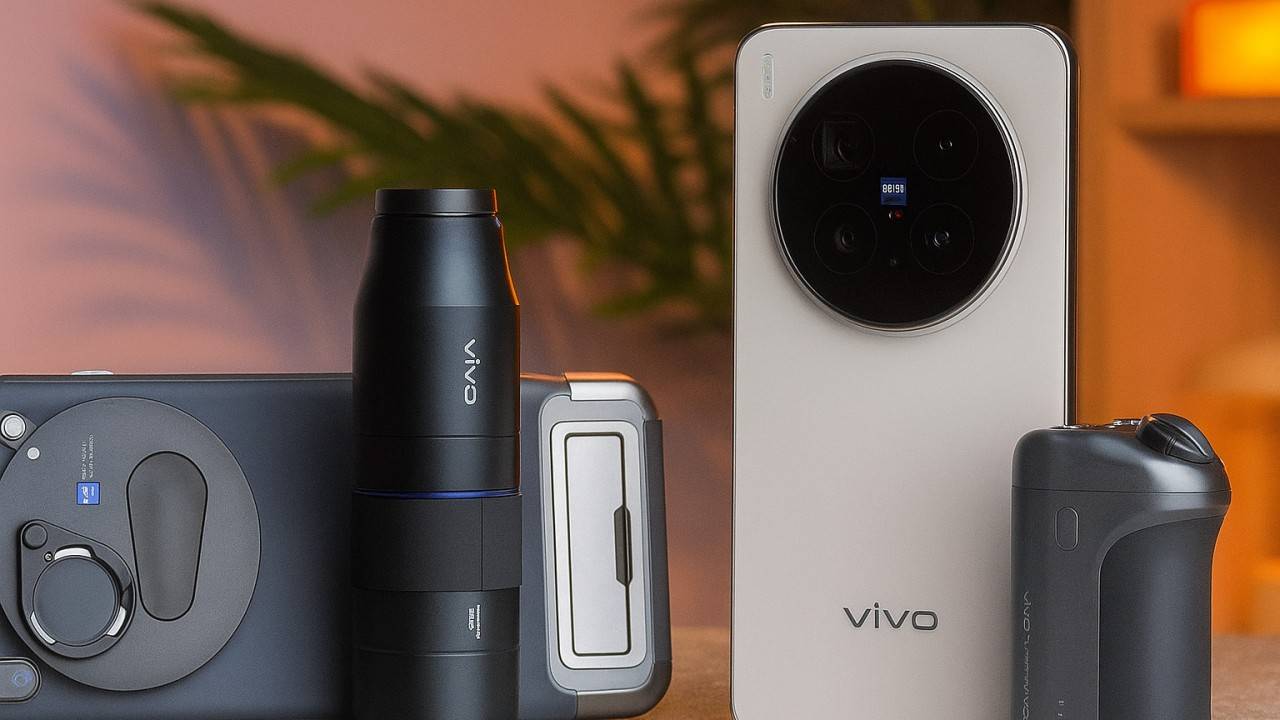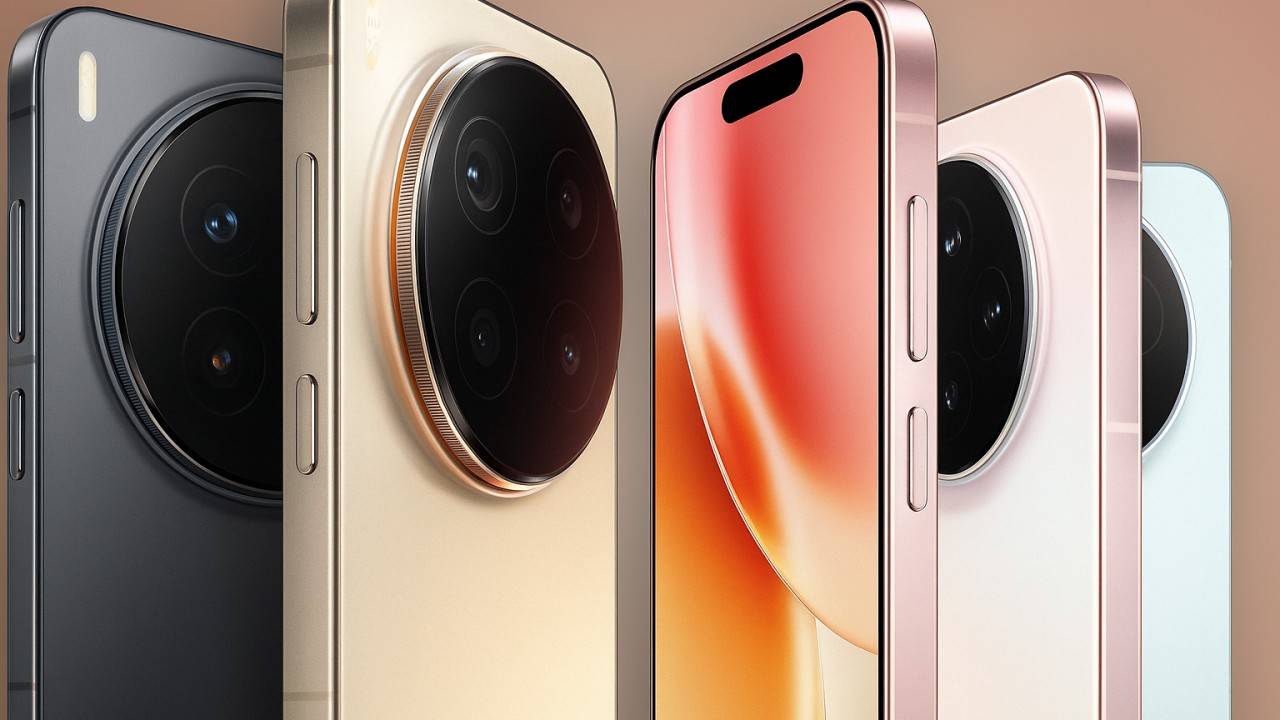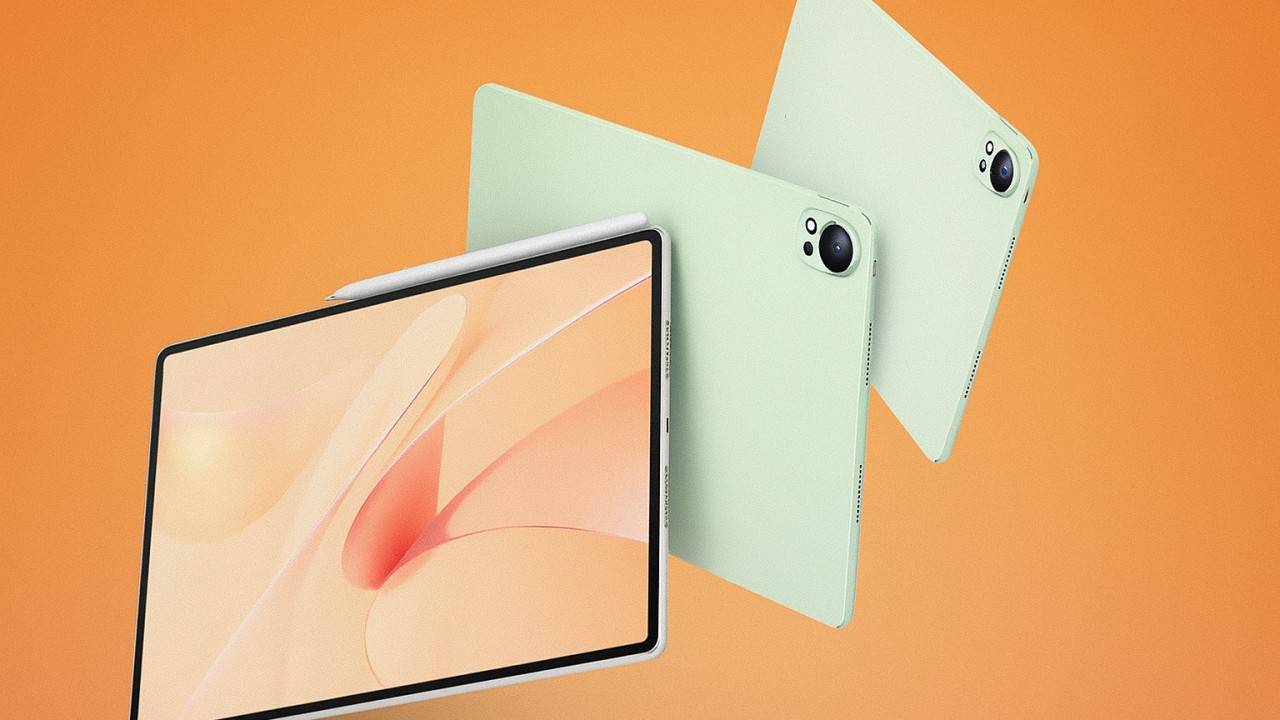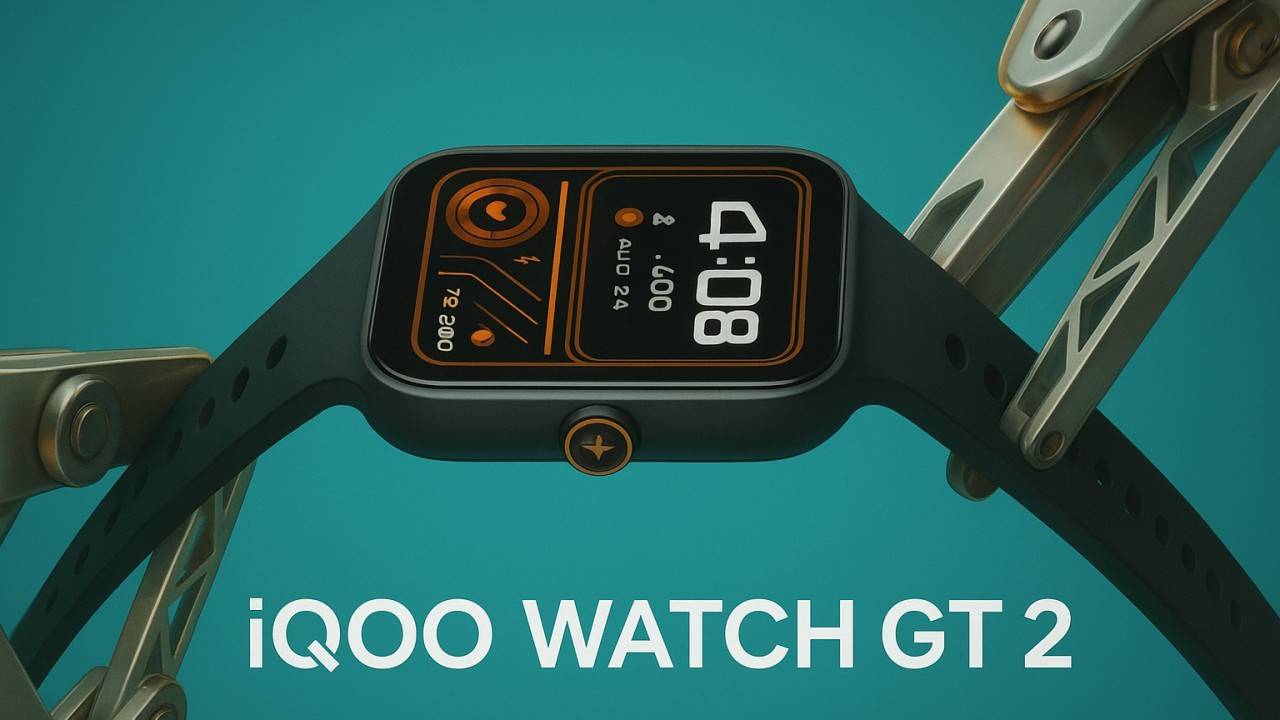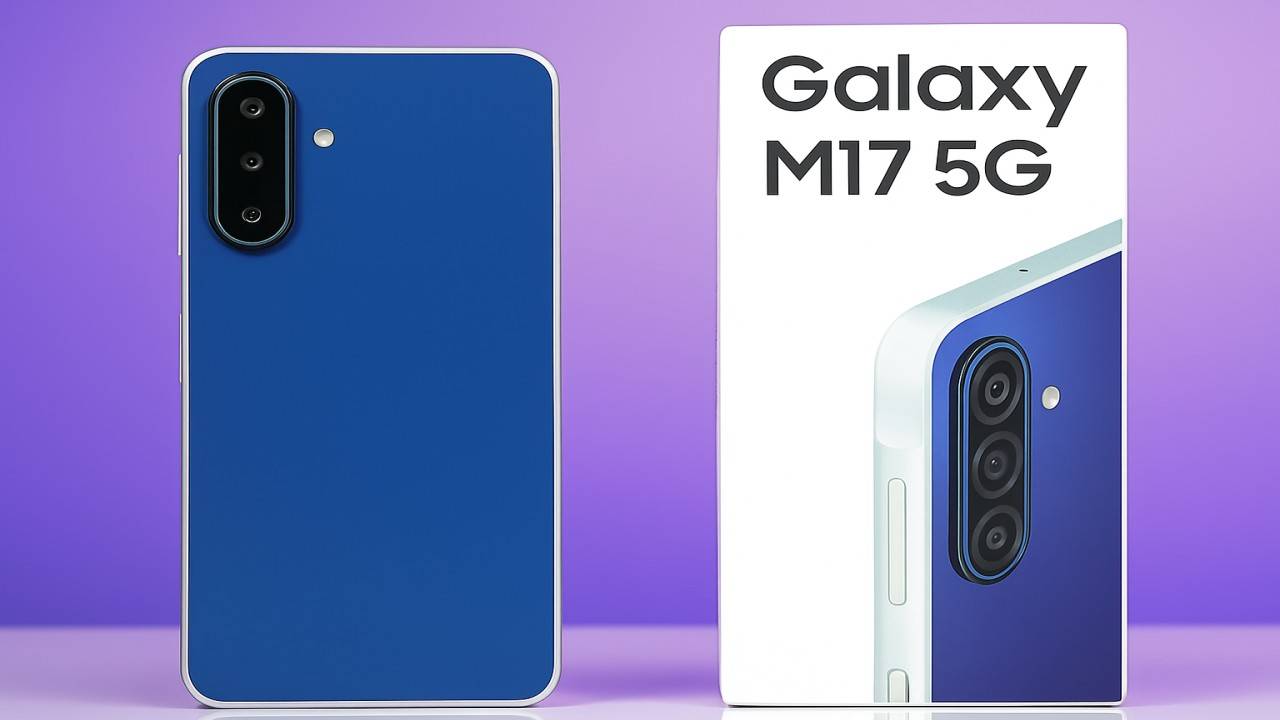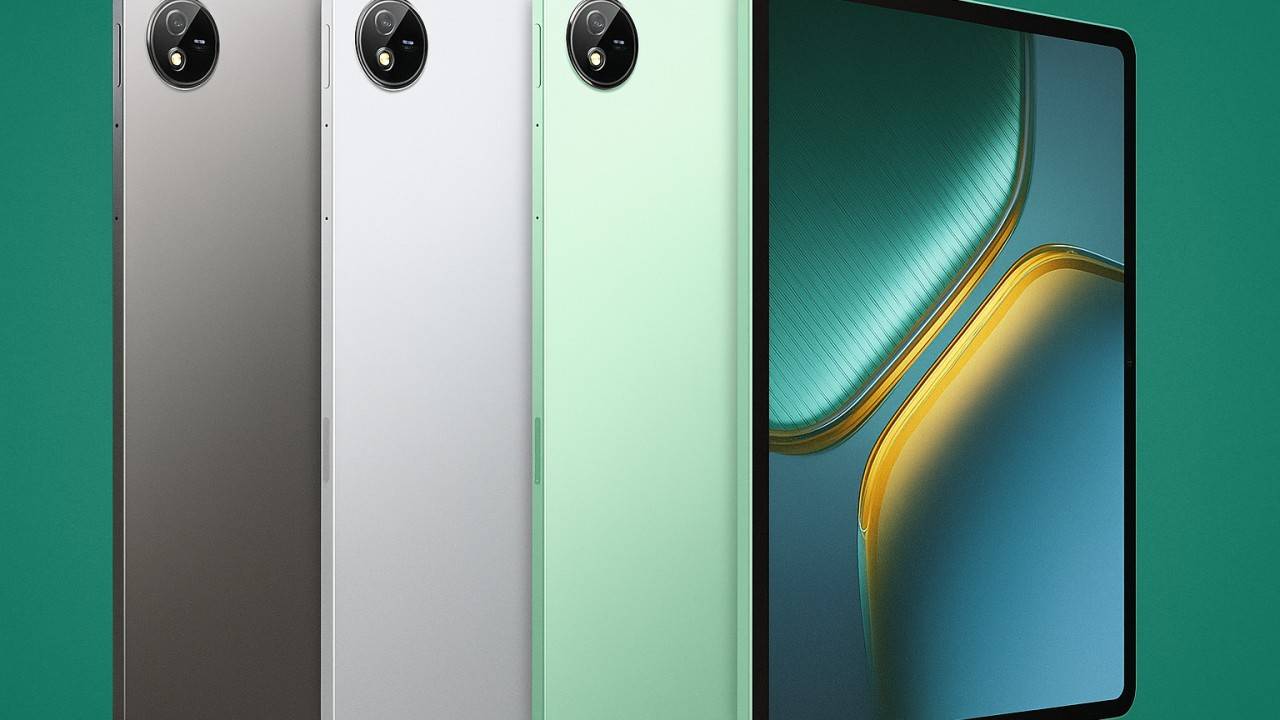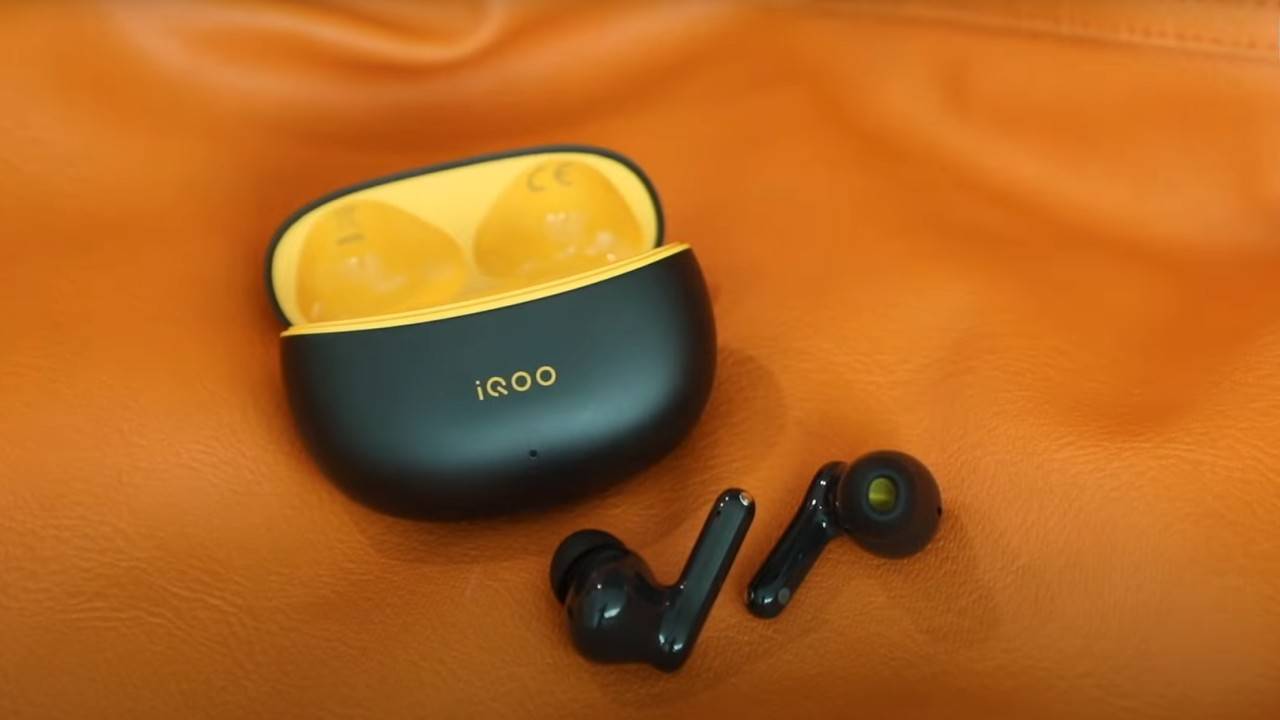The 2025 laptop market is making a significant change. With AI-enabled PCs on the rise, improved display technology, and a returning emphasis on design, consumers are spoiled for choice. ASUS, a company renowned for equilibrating performance with value, has updated its Vivobook S series with the Vivobook S16—a 16-inch device targeting students, creatives, and professionals who demand style without compromising on power.
But does the ASUS Vivobook S16 really deliver on its hype? Let’s go in-depth into its design, features, performance, advantages, and disadvantages to determine if this is the laptop to purchase.
First Impressions: Sleek Yet Bold
The ASUS Vivobook S16 stands out in a crowded market with its clean design and bold colour choices. ASUS offers refreshing shades like Salvia Green and Peachy, moving away from the standard silver/grey laptops we’re used to. The chassis is slim, lightweight (around 1.7 kg), and durable, passing the MIL-STD-810H military-grade tests.
Even with its 16-inch screen, the laptop doesn’t feel enormous. Thin bezels and a balanced design make it remarkably portable for a big-screen laptop. From carrying it to school, a coffee shop, or your office, it projects the “premium without being too much” feel.
Display: OLED Brilliance or IPS Practicality
Perhaps one of the most significant selling points of the Vivobook S16 is its display choices. ASUS offers you the option between:
- A 16-inch OLED display with WUXGA (1920×1200) resolution and 95% DCI-P3 coverage. Great for creatives, binge-watching, and anyone who enjoys rich, punchy visuals. With a response time of 0.2 ms, it’s snappy too.
- An IPS option with an increased refresh rate (up to 144 Hz in certain models) for those who enjoy smoother scrolling and more relaxed gaming.
Both screens maintain a 16:10 aspect ratio, which is more suitable for productivity than the outdated 16:9 ratio. Writers, developers, and designers will enjoy the additional vertical room.
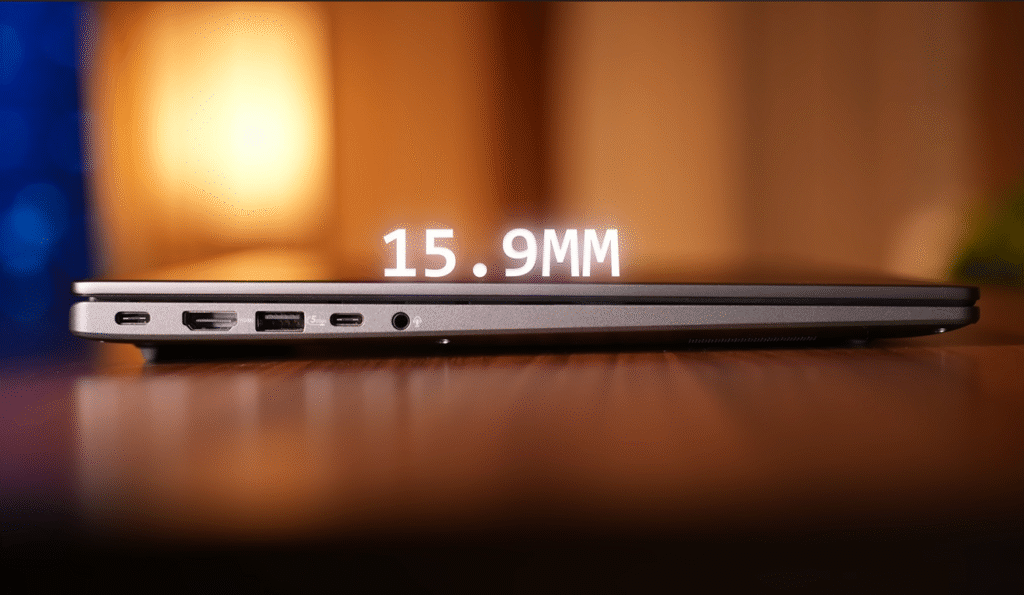
Outdoor visibility on the OLED, however, is mediocre owing to reflection, whereas IPS displays are more consistent when exposed to bright light. It all comes down to whether you like colors or refresh rates.
Performance: Snapdragon AI vs Intel Power
ASUS is driving versatility with the Vivobook S16 series through various processor choices:
Snapdragon X Elite / Plus (Copilot+ PC)
These models include a separate NPU (Neural Processing Unit) providing up to 45 TOPS of AI performance.
Tuned for AI workloads, Copilot integration, and power efficiency.
Ideal for students, remote workers, and professionals who depend on AI-powered productivity applications.
Intel Core i5/i7 (13th Gen and Ultra series)
High-performance CPUs with Intel AI Boost NPU (13 TOPS).
Ideal for more intense multitasking, coding, light creative work, and more typical PC usage.
Faster refresh displays come with some Intel models for smoother execution.
For normal usage—surfing, Office programs, video streaming, and light editing — both processors can take care of it. The Snapdragon model is very good at battery life and fan noise, and Intel versions provide raw CPU power but may get hotter.
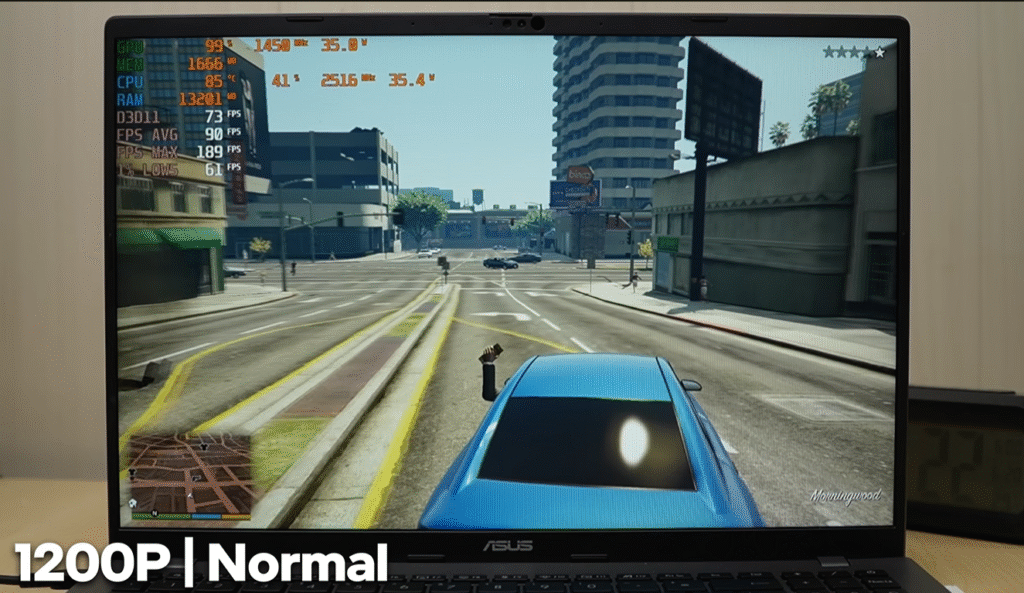
Memory, Storage & Upgradability
The majority of models are equipped with 16 GB LPDDR5X RAM and 512 GB SSD storage. The Snapdragon model features soldered RAM (not upgradable), which is good enough for the majority of users but restrictive if you wish to add on later. Certain Intel variations, however, are memory expandable through SO-DIMM slots.
The SSD storage is fast, and you’ll get snappy boot times and quick app loading. For users dealing with huge files (video editors, photographers), the lack of larger storage variants at launch might feel restrictive, though external SSDs can make up for it.
Battery Life: Good but Not Exceptional
ASUS promises 32 hours on the Snapdragon model with its 70 Wh battery, but real-world performance provides more like 12–14 hours, which is still great. For a 16-inch laptop, that’s good.
The Intel variants last shorter, about 7–9 hours, depending on use. So, if portability and extended unplugged use are top priorities, the Snapdragon Vivobook S16 is the better option.
Charging is managed through 65W USB-C fast charging, which charges from 0% to 50% within an hour.
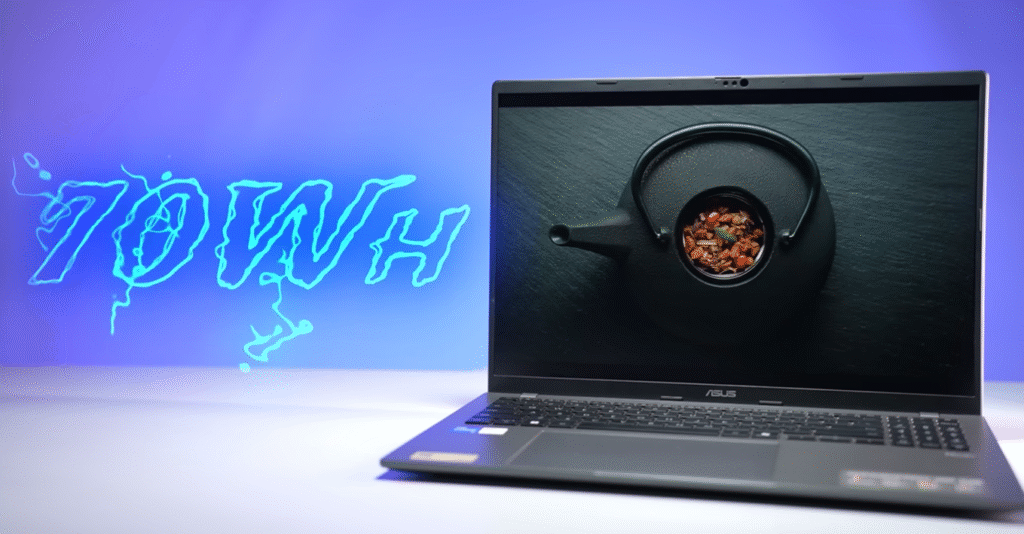
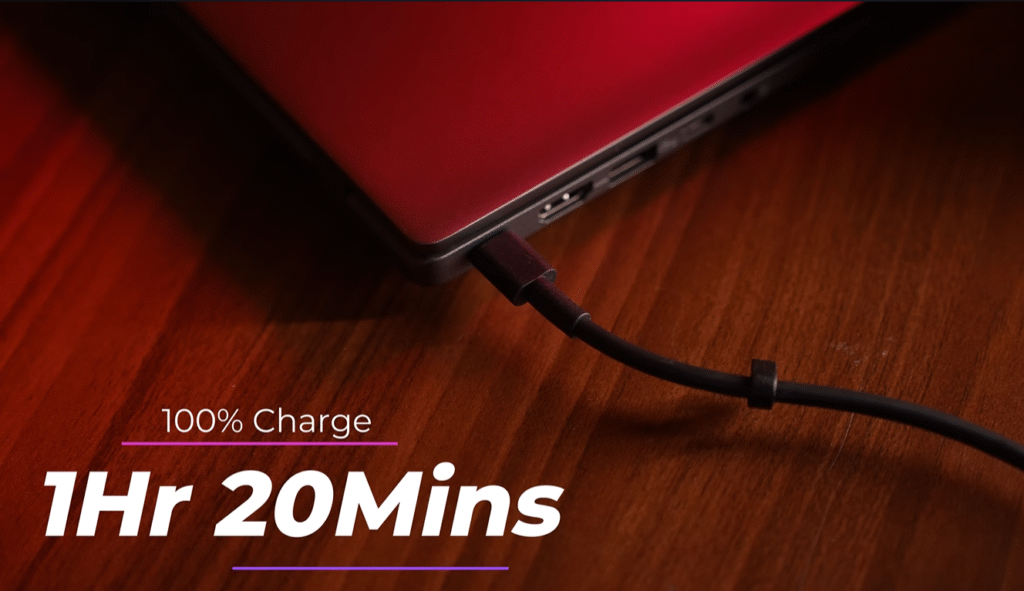
Ports & Connectivity
The Vivobook S16 offers a respectable set of ports:
- 2x USB-C (one of which supports charging)
- 2x USB-A
- HDMI 2.1
- Audio combo jack
- MicroSD card reader
WiFi 7 support (in newer models) and Bluetooth 5.3 mean you’re future-proofed for quicker connectivity.
Keyboard & Touchpad
Typing on the Vivobook S16 is pleasant, thanks to the full-size keyboard with acceptable key travel. ASUS also includes a Copilot key on Copilot+ PC models, putting AI features one click away.
The touchpad is sizable and smooth, providing good gesture support. A few OLED models include a virtual numpad on the trackpad—useful for spreadsheets and finance tasks.
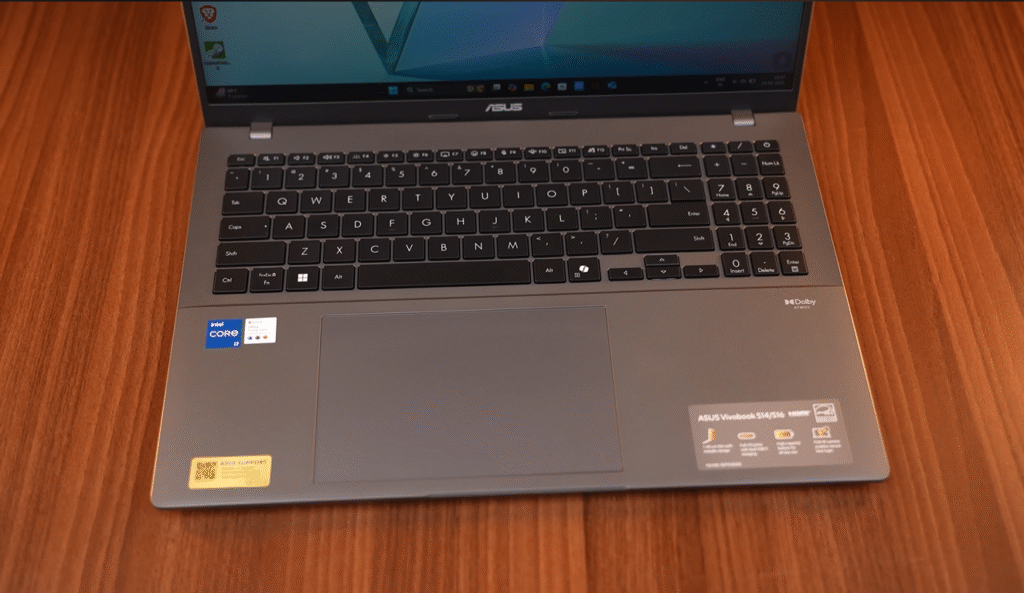
Pros & Cons
Pros:
- Great OLED display with 95% DCI-P3 coverage
- Light and tough for a 16-inch—both
- AI-ready (Snapdragon X / Intel Ultra processors with NPU)
- Long battery life on Snapdragon variants
- Good design and colour options
Cons:
- Very limited RAM upgrade possibilities (soldered in Snapdragon versions)
- Gets hot/noisy in Intel versions while under load
- OLED shows up more in bright sunlight
- Base storage capped at 512 GB
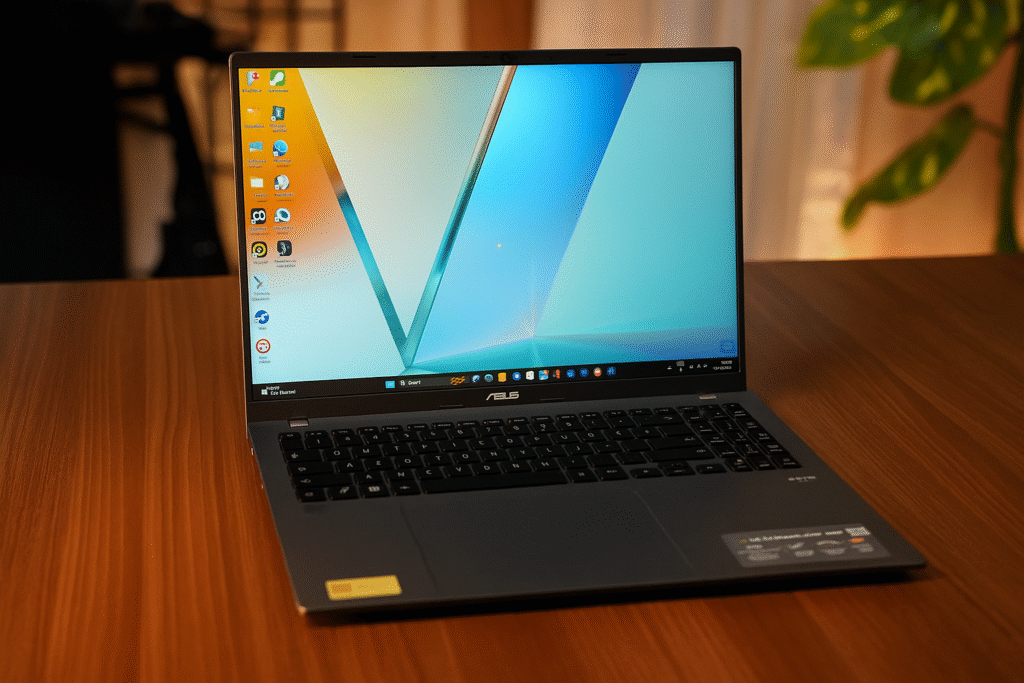
Price in India
The ASUS Vivobook S16 begins at approximately ₹67,990 for Snapdragon and roughly ₹69,990 for Intel configurations based on configuration and display variant. Considering its design, display, and AI capabilities, it’s priced on par with competitors such as the Lenovo Slim 7 and HP Pavilion Plus 16.
Who Is the Vivobook S16 For?
The ASUS Vivobook S16 is ideal for:
- Students & professionals looking for a fashion-forward, light laptop with good battery life.
- Content creators & binge-watchers who will adore the OLED display.
- Early adopters who desire AI-ready features integrated into their workflow.
It’s not as ideal for gamers or intense video editors since it doesn’t have a robust discrete GPU and top storage levels.

Final Verdict
The ASUS Vivobook S16 finds a remarkable balance between form, functionality, and innovation. It’s not a gaming behemoth, nor intended for intense usage. But for its given user base—students, hobbyist creators, andnnor is itis itorking professionals—it provides an upscale 16-inch experience without burning a hole in one’s pocket.
If you appreciate OLED displays, AI preparedness, and mobility, this laptop is worth considering in 2025.

